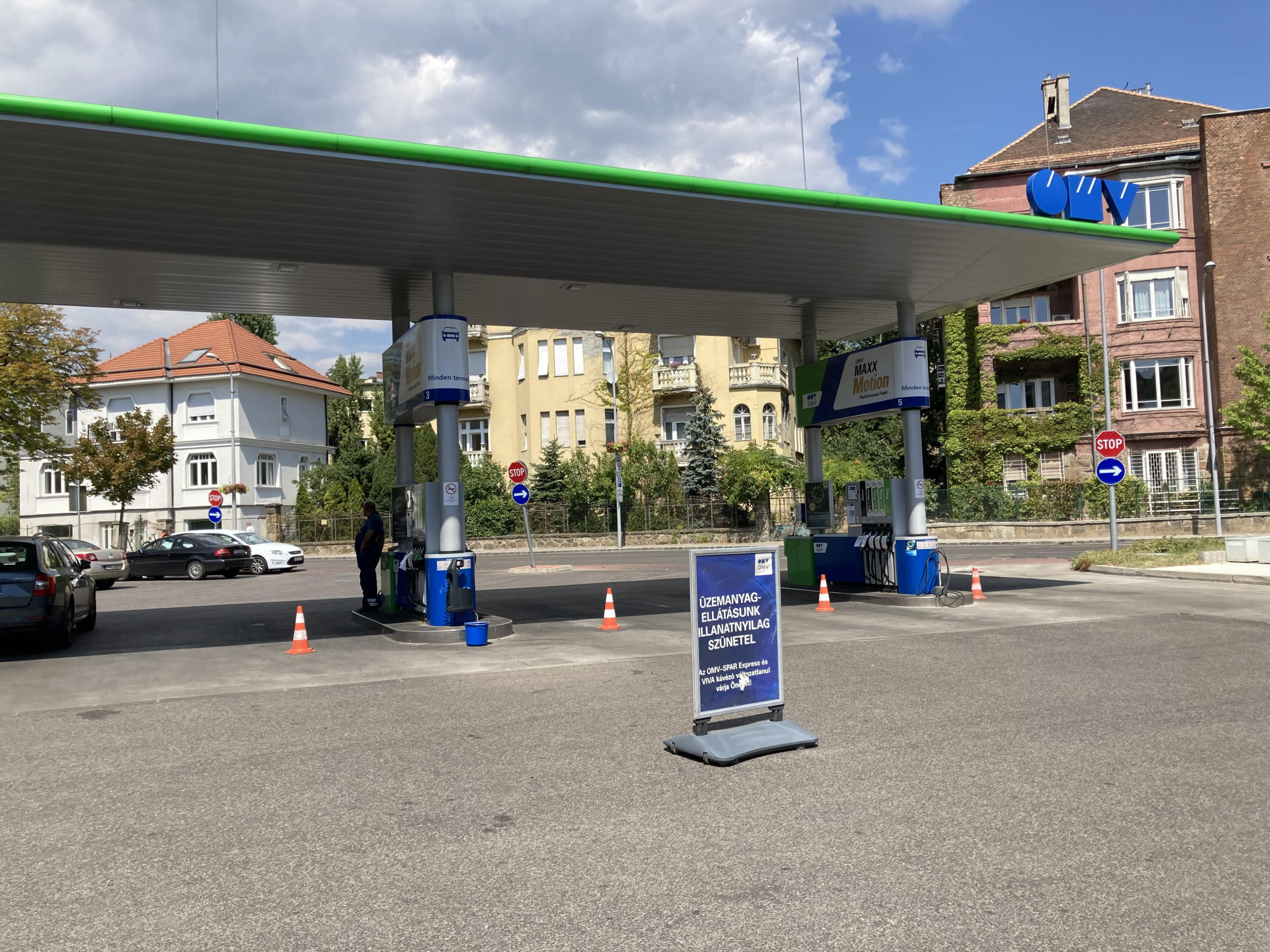Our coffee machine malfunctioned, but I had to work, so on a Sunday morning I rode on my scooter for a coffee. Soaked with cold as it feels like a heart attack is much better than a traditional boil.
When I start, I see that there is hardly any gas in the engine, so I set out towards the ÖMV well in Pasarte. On the one hand, because I live near it, and on the other, because it has proven to be a reliable source to buy at this time. Not now: Not only did they have no gasoline, no fuel of any kind, they were also shut down, which was indicated by the placement of pretty plastic cones.
My next stop was a shell well in Széna tér. There was no fuel here either, no cones in return.
At this point, the fuel gauge was frighteningly below zero. I was thinking that if I go any further, I’ll eventually find gas somewhere, but if I run out of gas before then I’ll have to leave the engine somewhere smelly, and I don’t have a chain. If I keep getting home, I’ll at least know the scooter is safe. That’s why I decided to take another look at the Ganz utca well near the bridge, and then go home. At this point, I was alert as if I had just had 3 liters of cold brewed coffee.
There was no regular gas on Rue Ganz either, but it was especially expensive, so I was saved, after refueling for the first time at 700 HUF per liter in my life. Depending on the amount packed, the boundary case is that if there was no fuel here, I would have gone home at all.
It seems that even before the introduction of the ticket system, I had to adopt new habits and always leave a reserve of 20-30 kilometers. And not just for me – otherwise, after a long time, vehicles parked in transit will make traffic in Budapest more pleasant. I hope this is what they call lifelong learning.












































